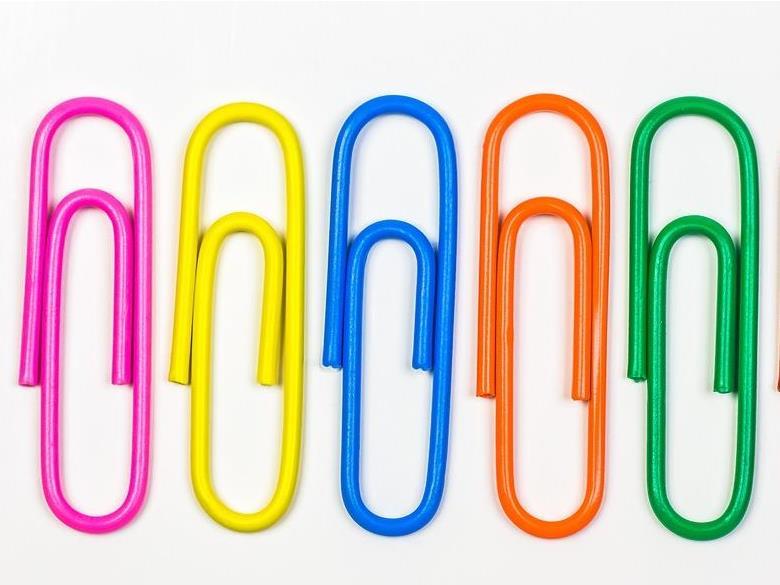Image via Pixabay
With restricted arts funding oriented around project grants and many arts organisations forced to retrench regular staff, an increasing proportion of the arts sector workforce spends its working life juggling short-term projects and casual work, frantic one month and unemployed the next.
Of course a key part of the challenge is financial. But you also need techniques for surviving in organisationally, emotionally and socially.
Jane O’Neill is an independent curator based in Melbourne. She is the in-house art curator at Art Series Hotel Group; a director of Art Aficionado art tours and author of Austral Avenue: An Experiment in Living with Art.
Chloe Wolifson studied a Bachelor of Art Theory and Masters of Art Administration at COFA and then spent eight years working at a commercial gallery, including more than six years full-time. About two years ago she went freelance. ‘I felt like it was time to have my own voice a bit more and I was also interested in doing more writing.’
The pair share their tips.
- Find an anchor
Both say life works best when they have some consistent income. Wolifson imagined that would come from a permanent part-time art administration role. But she found often those roles were full-time jobs ‘in disguise’.
Ultimately, her anchor came from outside the arts world, doing marketing work one day a week. That allows her to pursue arts-related work, including writing, the rest of the week.
With curatorial work always subject to funding O’Neill says it’s not possible to make it her sole focus: ‘I take paid work but then I maintain curatorial work that is the uncompromised sort of work that I would like to be doing all of time.’
- Be disciplined
The calendar is king when you’re juggling multiple commitments, says O’Neill. ‘Being meticulous with your calendar so that you’re not doubling up on appointments is an absolute must and allocating an appropriate amount of time to meetings and foreseeing how time might play out with commitments is really important.’
- Enjoy the fallow periods
Accept the fact that there will be times when things go quiet. O’Neill uses those quiet moments to get on with her own work. ‘I think if you freelance for a long time you start to get into a habit of working on things in down times that may later lead to income but are just more self-motivated things like projects or essays,’ she says.
Practising self-care when you’re facing a lull can keep you in the right frame of mind for dreaming up fresh opportunities.
Wolifson believes if you’re disciplined about networking doors will open. ‘I’ve found it can be a few weeks and then suddenly something will pop up out of the blue and that’s not an accident; that’s a matter of persisting with your networking,’ she says.
- Don’t bury yourself
In her gallery role Wolifson was in constant contact with a wide variety of people. Now she makes a conscious effort to maintain connections.
‘Now I’m in front of the computer, alone most of the time, I have to force myself to go to the media previews, to go to the exhibition openings, even if it’s not the best context in which to look at art, to take advantage of those opportunities to reconnect with different people in the art world,’ she says.
- Think laterally
O’Neill had 15 years’ experience in the arts when she hit a patch that prompted a shift in direction. A contract with a museum came to an end and she went through a phase of applying for jobs but with 120-150 applicants she wasn’t getting interviews. ‘That’s when I made a solemn promise to myself to never be beholden to one employer again…,’ she says.
Asked about handling the anxiety of not knowing where your next lot of work is coming from, she says: ‘I think that can also feed creative ways of thinking about where your next dollar is coming from.’
In her case she turned towards other sectors such as tourism and hospitality that incorporate art rather than being fully immersed in the arts.
In 2009 she started working with Art Series Hotel Group and in 2010 she set up Art Aficionado to create a vehicle for work for freelancers.
Her advice to others: ‘When you find a workplace that you work well in – think of ways to make yourself indispensable.’
- Understand your value
Life as an independent will be less stressful if you take care of your finances. That means making sure you don’t undercharge, says Wolifson. If you are uncertain about how much to charge, she suggests: ‘Don’t be afraid to ask your friends or even ask the person who you are going to be working with: what would be an acceptable rate to you.’
Be vigilant about invoicing and following up any unpaid invoices.
- Just say yes
One of the difficulties of making a living from multiple sources is sometimes they all want a piece of you at once. Wolifson says: ‘I have found myself sometimes where I’ve got a full schedule and something great comes up and I can’t turn it down.’
As O’Neill points out there is a pressure with freelancing: ‘to do every job well enough that you will be continually asked to do more’. Some people thrive under that kind of pressure.
- Get diverse experience
Emily McDaniel is the assistant curator of Aboriginal and Torres Strait Islander art at the Art Gallery of NSW for four days a week. She then spends one day a week as a freelance consultant, something she sees as vital to staying connected beyond a single institution.
‘If someone was wanting to do freelance curating I would say try and get as much experience across as many parts of the field as you can because then you’ve got a larger skill set to draw on so that you’re capable of doing community art projects or capable of doing art tours or writing reviews,’ says O’Neill.
However, she adds there is a flipside to that: ‘If you don’t show some sort of aesthetic focus in the arts or some sort of integrity to the type of projects that you’re doing people very quickly lose respect for you.’
- Connect with others
Staying in touch with others in the same boat can help you weather the choppy seas of the insecure work world. O’Neill says ideally freelancers should facilitate work for others and pass on work they can’t do. “Creating a mutually supportive culture is really important to making that work for you because you also need that emotional support, to some extent, from other freelancers who understand how hard it is.’





